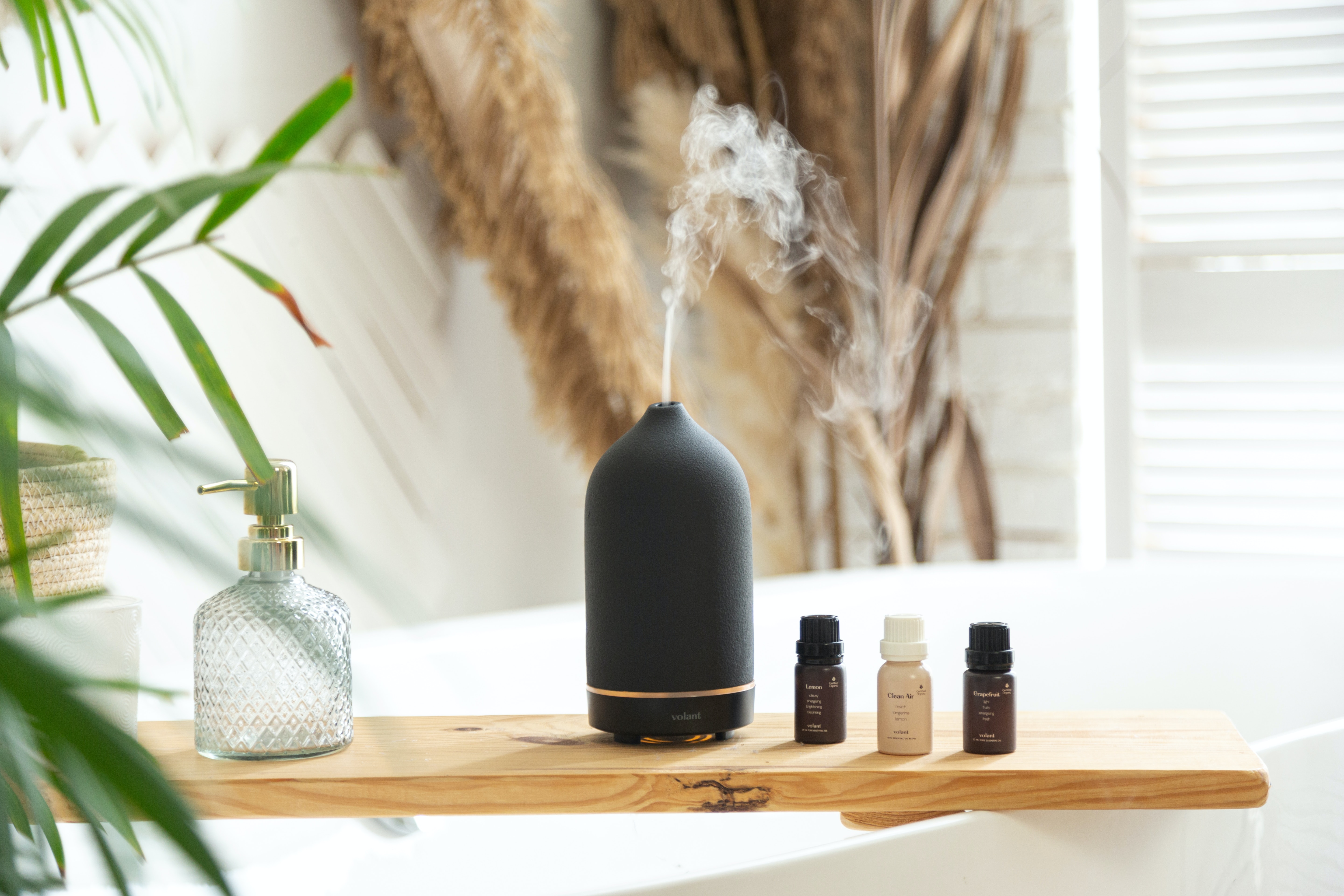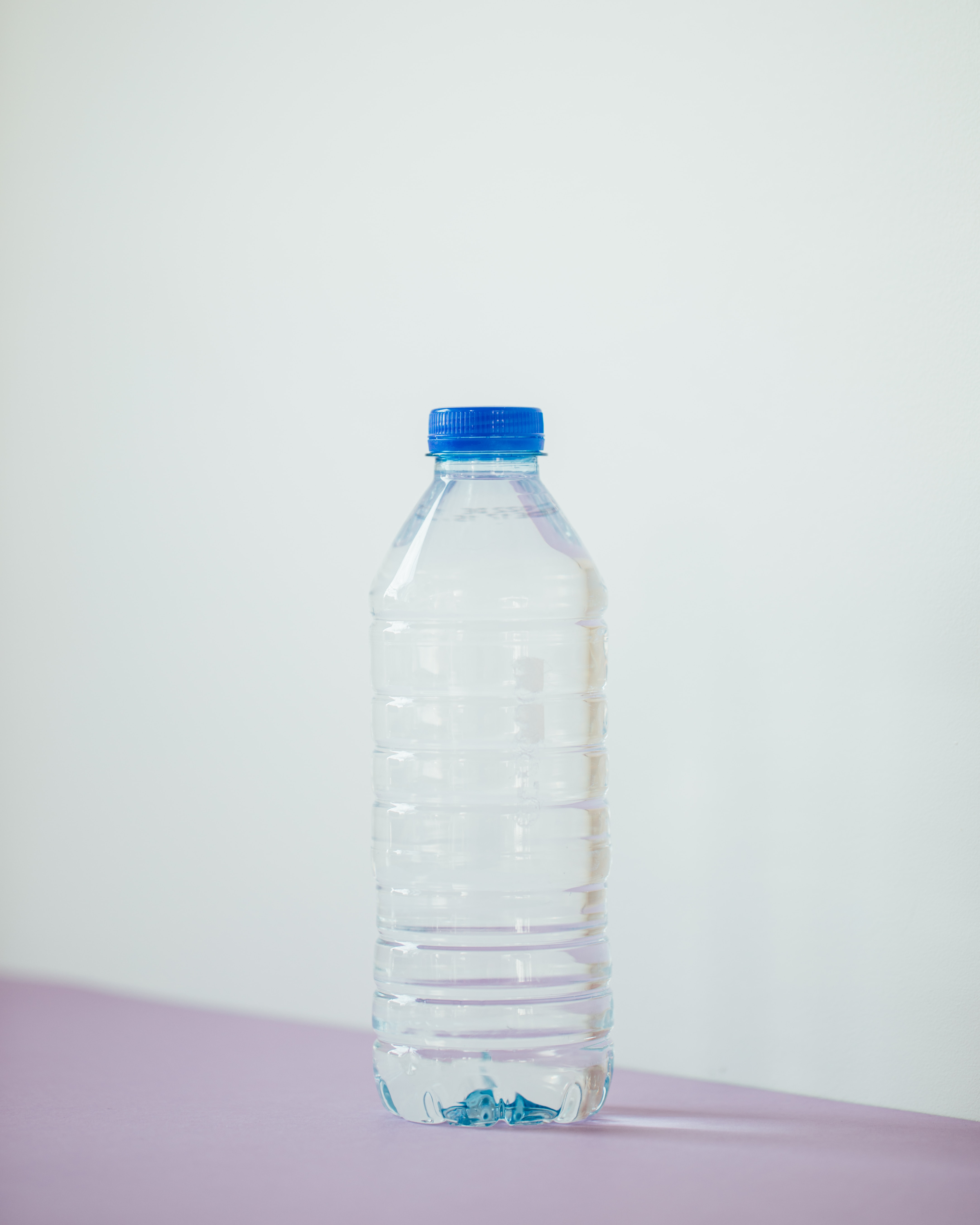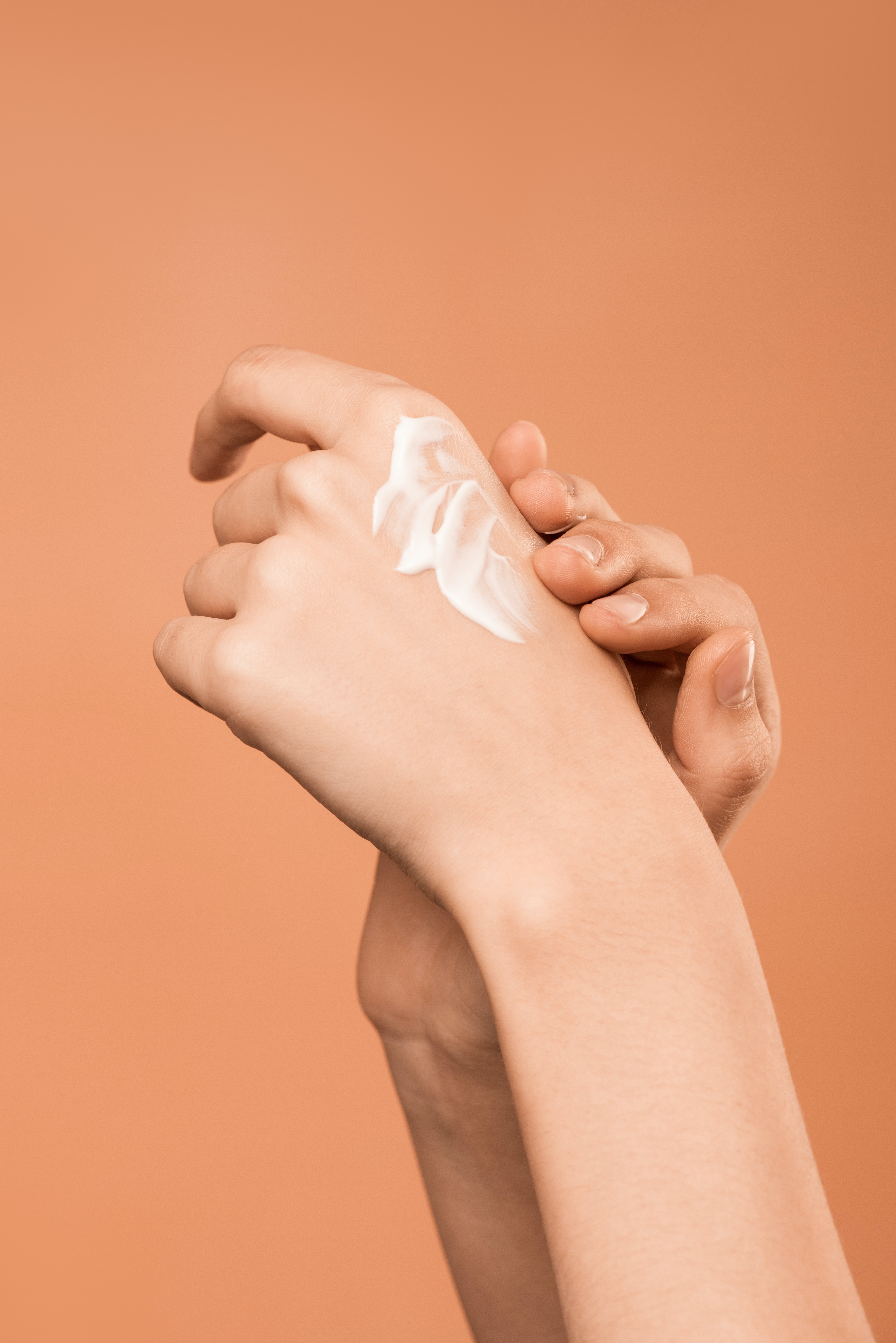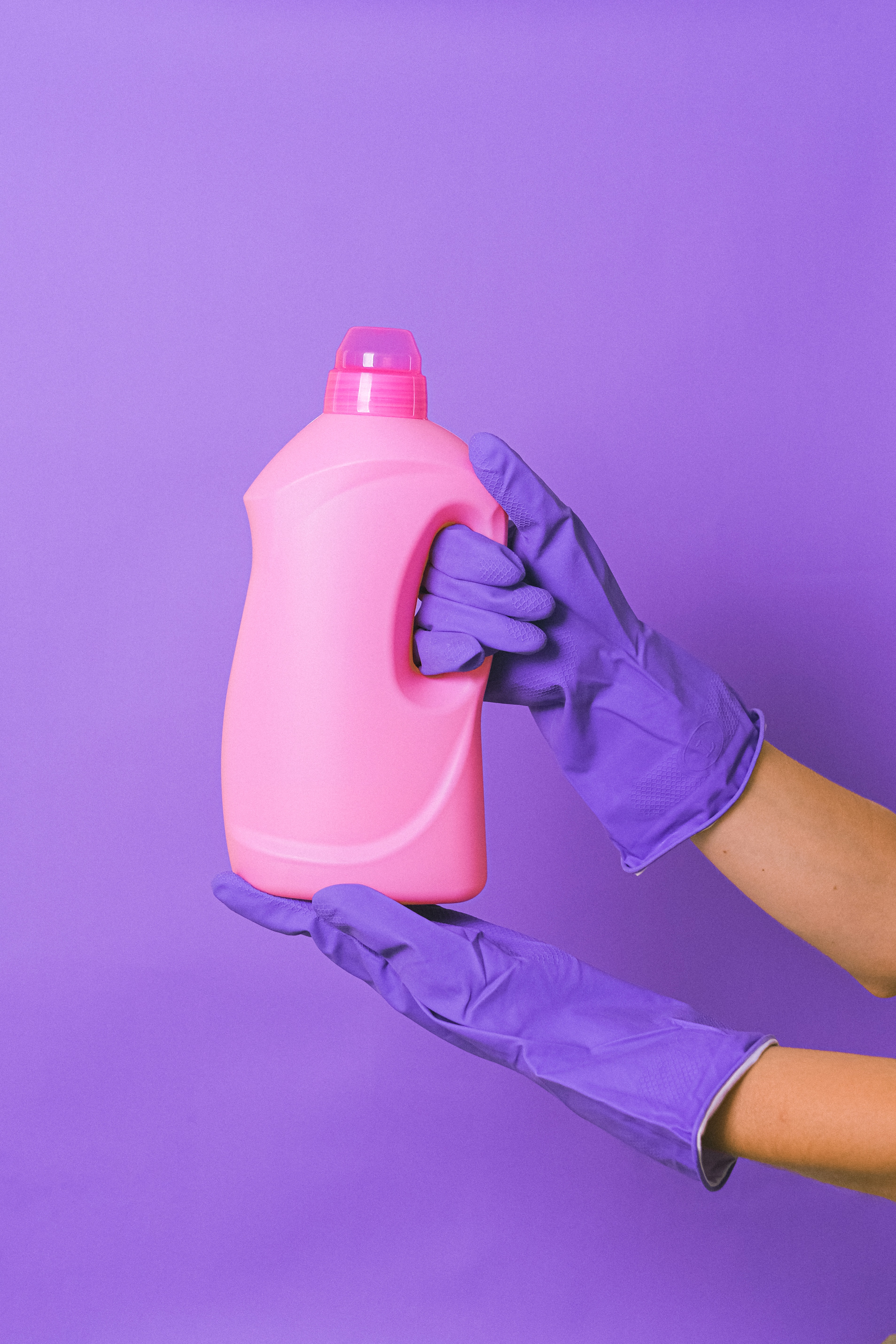
In an age where modern conveniences and technological advancements abound, we often overlook the subtle presence of toxins that are interwoven into the fabric of our everyday lives. From the air we breathe to the furniture we lounge on, our environments are riddled with elements that, unbeknownst to many, are accelerating our biological aging process. This isn't merely about visible pollutants in big cities or obvious chemical hazards. The culprits often hide in plain sight, masquerading as ordinary items or habits that we've grown accustomed to.
By diving into the science of epigenetics, we'll uncover the truth about how these seemingly innocuous elements impact our genes and, consequently, our health. The journey towards epigenetic enlightenment starts with understanding the sources of these toxins and, more importantly, the actionable steps to minimize their effects. Are you ready to discover, learn, and evolve? Let's embark on this enlightening journey together.

Breathing Easy: The Hidden Toxins in Your Home's Air
It's a startling realization: the very air we breathe within the safety and comfort of our homes may not be as pure as we believe. While stepping outdoors and enjoying fresh air seems like a reprieve from indoor confines, few recognize that our indoor spaces often harbor higher concentrations of harmful pollutants. This isn't just a minor concern—it's a pressing matter with significant health implications.
Indoor Air Quality: A Silent Threat
The U.S. Environmental Protection Agency estimates that Americans, on average, spend a staggering 90% of their time indoors. And it's not just an American phenomenon; similar patterns are observed in many western nations. What's alarming is the fact that indoor air often contains pollutant levels 2-5 times higher than outdoors. In certain scenarios, this disparity can skyrocket to a 100-fold difference. Such a concentration of pollutants translates to an ongoing, often unnoticed assault on our health.
The VOC Menace
Volatile Organic Compounds, commonly abbreviated as VOCs, represent one of the largest categories of indoor pollutants. As the name suggests, these compounds are volatile—meaning they easily transition from liquid or solid states to gaseous forms. This trait makes them omnipresent in our indoor air. From the cozy mattress we sleep on to the fresh paint on our walls, VOCs emanate from multiple sources within our living spaces.
But why should we be concerned about VOCs? These compounds aren't merely innocuous gases; they carry significant health risks. Continuous inhalation of VOCs is associated with a spectrum of health issues, ranging from respiratory ailments and headaches to severe liver and kidney damage. There's even substantial evidence linking them to an elevated risk of certain cancers.
Scented Dangers: The Hidden Costs of Fragrance
While the aroma of a freshly lit scented candle or a spritz of your favorite perfume can evoke feelings of comfort or elegance, there's an underlying danger that many are unaware of. Many conventional perfumes, scented sprays, and candles contain a cocktail of chemicals that can contribute to indoor air pollution. These products often use synthetic fragrances, which can release harmful VOCs and other allergens into the air, aggravating respiratory issues and potentially contributing to chronic health problems. Even more concerning, some of these chemicals are known endocrine disruptors, interfering with our body's hormonal systems. Instead of using products with synthetic fragrances, consider switching to natural alternatives. An essential oil diffuser, for instance, can fill your space with pleasant aromas without the toxic baggage. By opting for pure essential oils, you're not just choosing a safer scent, but you're also embracing the therapeutic benefits that these natural extracts offer.
Beyond VOCs, our indoor air teems with other harmful elements: the carcinogenic formaldehyde, allergy-inducing dust mites and pollen, mold spores that can trigger respiratory problems, residues of pesticides, and synthetic fragrances loaded with chemicals.

The Solution for Clearing the Air
Faced with this invisible threat, what can we do to ensure the air within our homes is as clean and safe as possible? Investing in a high-quality air purifier can make a world of difference. It's vital to select a model equipped with a HEPA filter capable of trapping even the most minute particles. Additionally, ensure the system is sealed to prevent any trapped toxins from re-entering your living space. The journey to a toxin-free home begins with acknowledging the problem and taking proactive steps to address it.
The Liquid Lifeline: What's Really in Your Water?
Water, one of life's most basic essentials, might be hiding more than meets the eye. For many, the assumption is simple: turn on the tap, and safe, drinkable water pours out. However, this everyday trust might be misplaced. The alarming reality? Your drinking water might be a cocktail of unnoticed toxins.
Although water regulations exist, they don't necessarily guarantee safety. A revealing 2019 report from the Environmental Working Group (EWG) unearthed 278 contaminants in tap water samples collected from 50,000 U.S. public water facilities. Such numbers might be staggering, but what's even more unsettling is that many of these contaminants are found in levels deemed hazardous to human health, even if they technically meet EPA standards.
Legal definitions can sometimes obscure the reality: that legal doesn't always mean safe. Your tap water could harbor threats like lead, chlorine, PFAS (often termed "forever chemicals"), residues from pesticides, remnants of pharmaceutical drugs, and even radioactive elements. The ramifications of consuming such contaminants? They range from hormone imbalances and developmental issues to serious conditions like cancer.

Your Best Defense
Knowledge is the first step. Consider getting your water tested by a reputable third-party to uncover its true composition. If the results raise concerns, don't despair. Turning to efficient water purification methods, like reverse osmosis counter filters, can significantly reduce these threats without breaking the bank. It's about taking back control and ensuring every glass you drink contributes to your health, not compromise it.
Rethinking Beauty: The Hidden Perils in Your Personal Care Products
The shimmering aisle of beauty products at your local store presents a captivating allure. But beneath the promise of radiance lies a darker story. Our beauty and personal care rituals, from morning routines to evening pampering, might be introducing a plethora of unseen toxins to our bodies.
Surprisingly, the cosmetics and personal care industry, with its luxurious brands and scents, is among the least scrutinized. This lax regulation means that numerous products on our shelves are packed with toxins, some of which have ambiguous long-term safety profiles. What's more distressing? Known harmful chemicals still linger in these products.
Consider this: the average American woman introduces her skin to 168 chemicals daily through the use of 12 personal care products. Men, although they fare slightly better, aren’t far behind, averaging 85 chemicals daily. What we often miss is that our skin isn’t just a barrier; it's a gateway. Many of these chemicals don't just rest on the surface; they penetrate, reaching the bloodstream.
Among the array of toxins, a few stand out for their ubiquitous presence and potential harm. Some cosmetics are linked to hormone imbalances, kidney issues, heightened cancer risks, and reproductive challenges. The term "fragrance" on a product might seem harmless, but it's a Trojan Horse. Hidden under this umbrella term are numerous undisclosed chemicals, protected under the guise of "trade secrets."

A Beauty Revamp
It's time for a beauty overhaul. Commit to understanding the ingredients in your personal care products. It might demand effort, but your health's value is unparalleled. To ease this transition, consider tools like the Environmental Working Group’s database. It’s a trusted resource to discern which products align with health and which don’t. Embrace genuine beauty, which isn't just skin deep but is rooted in health.
It's essential to seek rigorous certifications from impartial entities rather than from the company promoting the product. In the U.S., you should look for the USDA Certified Organic seal. This ensures that a minimum of 95% of the ingredients are organic, while the remaining 5% adhere to a stringent list of safe ingredients.
Household Products: What's Lurking in Your Cabinets?
Our homes, often seen as our sanctuaries, can unintentionally harbor some silent assailants that impact our health. Let's dive into some everyday items that we should be vigilant about:
Ditch the PVC Shower Curtain
Many people aren’t aware, but PVC (Polyvinyl chloride) shower curtains release VOCs (volatile organic compounds) into the air, especially when they are new. VOCs can cause respiratory issues and are linked to headaches and dizziness. Instead, opt for curtains made of natural materials or those labeled "PVC-free."
The Truth Behind Household Cleaners
Many cleaning products available in stores have chemicals that can be harmful when inhaled or come into contact with the skin. A frequent offender is ammonia, which can irritate the respiratory system and eyes. Consider switching to natural, eco-friendly cleaning alternatives. Ingredients like vinegar, baking soda, and lemon can be effective and safe substitutes. Chlorine is a common household chemical, often celebrated for its disinfecting properties. It's widely used in cleaning products, laundry bleach, and even in our tap water to kill harmful bacteria. While its ability to combat microbes is undeniably useful, prolonged and repeated exposure to chlorine, especially in its gaseous form, can have harmful effects. Breathing in chlorine fumes can lead to respiratory issues, especially in those with asthma or other respiratory conditions. Furthermore, chlorine exposure can cause skin and eye irritation, and in high concentrations, it can be corrosive. It's crucial to ensure proper ventilation when using chlorine-based products and consider alternatives like hydrogen peroxide or natural cleaning agents when possible.
Laundry Detergent Dilemma
The fragrances and chemicals in many laundry detergents and fabric softeners can be problematic, especially for those with sensitive skin. Some chemicals present can disrupt endocrine function. It's always a good idea to use detergents labeled "fragrance-free" or "for sensitive skin." Better yet, explore DIY recipes for making your detergent using simple, non-toxic ingredients.

Nonstick Pots, Pans, and Utensils
While they might make cooking and cleaning more convenient, many nonstick cookware items contain PFOA (Perfluorooctanoic acid), which has been linked to health issues including high cholesterol, thyroid disorders, and even kidney and liver problems. Instead, opting for stainless steel or ceramic cookware, along with stainless steel or bamboo utensils, is a wiser decision for your kitchen.
Storing Safely with Glass Containers
Plastic containers, especially when used in microwaves, can leach BPA (Bisphenol A) into your food. BPA exposure is associated with several health concerns, including hormonal disruptions and potential cancer risks. Switch to glass or BPA-free containers for your food storage needs.

EMF Exposure: Understanding the Invisible Threat
Our modern world is more connected than ever. With the rise of smartphones, Wi-Fi, smart home devices, and other technological advancements, we've opened doors to convenience and efficiency. However, alongside this connectivity, there's a growing concern about the potential health implications of the electromagnetic fields (EMFs) these devices emit.
What are EMFs?
Electromagnetic fields, or EMFs, are areas of energy that surround electronic devices. These fields can be produced both naturally (like the magnetic field generated by the Earth) and by human-made sources (like electrical appliances, X-rays, and radio frequencies). Our increasing interaction with these fields, thanks to modern technology, has brought forward concerns about how they might be affecting our epigenome—a layer of chemical tags on our DNA that changes in response to environmental factors and influences gene expression.
Why the Concern?
The human body itself operates with electrical signals - our nerve impulses, for instance. The concern arises from the potential of external EMFs to interact with these natural bioelectrical signals, possibly leading to health problems.
Potential Health Risks: While the full spectrum of health risks related to EMF exposure isn't entirely understood yet, some studies have suggested possible links between high EMF exposure and issues like sleep disturbances, headaches, and even certain types of cancers. It's worth noting that many of these studies require more comprehensive research to draw concrete conclusions.
Vulnerable Populations: There's also a concern that certain groups, such as pregnant women and children, might be more susceptible to potential health risks from EMFs.

Minimizing Exposure
Distance is Your Friend: The intensity of an EMF reduces significantly with distance. Simple actions, such as placing Wi-Fi routers in less frequented areas and not sleeping with your phone right next to you, can help reduce your exposure.
Limit Usage: Reduce the time spent on devices like smartphones and tablets, especially if they're held close to the body.
Opt for Wired: Whenever possible, opt for wired connections over wireless.
Awareness of High EMF Zones: Areas near power lines or transformer stations tend to have higher EMF levels. Being aware can help in making decisions like where to spend prolonged periods or where to live.
In our daily journey, there's so much under the surface influencing our aging process. From the very air we inhale to the skin products we choose, each decision can either nudge us towards vibrant health or subtly age us before our time. The beauty in all this? We have the power to decide which path we take.
Now, refining our environment is a pivotal step in this dance, but there's an even broader symphony at play. The '7 Pillars of Youth' is our roadmap to not just living longer, but living better—to reducing our biological age, feeling younger, and keeping that youthful glow for years to come.
Get your free guide on my website and begin to look and feel younger, for longer. The promise of an extended health span awaits.

Stay connected with news and updates!
Join our mailing list to receive the latest news and updates from our team. Don't worry, your information will not be shared.
We hate SPAM. We will never sell your information, for any reason.

